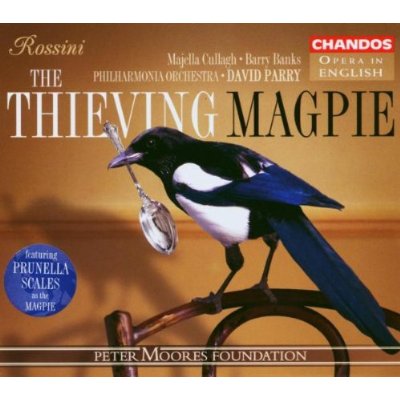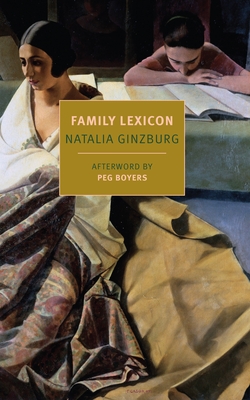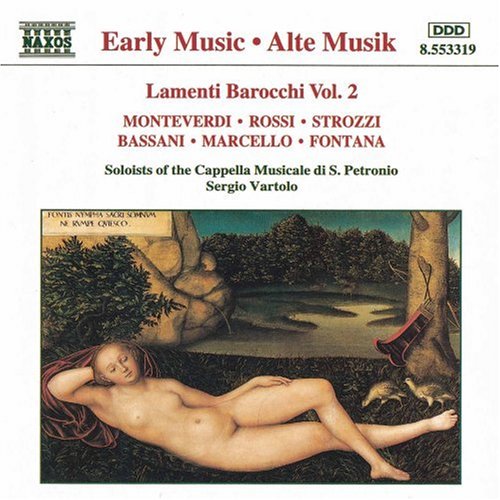
Metcalf, Linda
This text provides students of family therapy with a unique opportunity to understand and compare the inner workings of 14 traditional and non-traditional family therapy models. The book demonstrates, through innovative "guiding templates," how the different therapeutic models are applied in an actual family therapy situation. The second edition features a new chapter on neuroscience, new interviews with master therapists on topics such as LGBT families, EMDR and research, and coverage of ethical issues concerning electronic safety and telephonic therapy.
Overviews of every model include history, views of change, views of the family, and the role of the therapist. Chapters on every model also provide responses to one, realistic case study with commentary and analysis by master therapists to illustrate how each one addresses the same scenario. Interviews with master therapists illustrate how each mode of therapy actually "works" and how therapists "do it." Print version of the book includes free, searchable, digital access to the entire contents
New to the Second Edition:
- Examines neuroscience and its role in family therapy
- New chapter on solution focused narrative therapy with families
- Includes enhanced coverage of self-care and mindfulness for the therapist
- Contains educator resources including instructor's manual, PowerPoint slides, and a test bank
- Updated references provide current developments in the field of marriage and family therapy
- Provides insight on submitting research articles for publication through an interview with a current journal editor
- Reports on current, revised ethical guidelines from the AAMFT
Key Features:
- Provides a guiding template for each family therapy model from assessment through termination
- Describes a practice-oriented approach to family therapy
- Uses a single case study throughout the book where different approaches to therapy are applied by master therapists
- Introduces the theory, history, theoretical assumptions, techniques, and components of each model
- Includes numerous interviews, case study commentary, and analyses by master therapists
member goods
listens & views

THIEVING MAGPIE
by ROSSINI / CULLAGH / BANKS / WHITE / SCALES / PARRY
COMPACT DISCout of stock
$26.75






